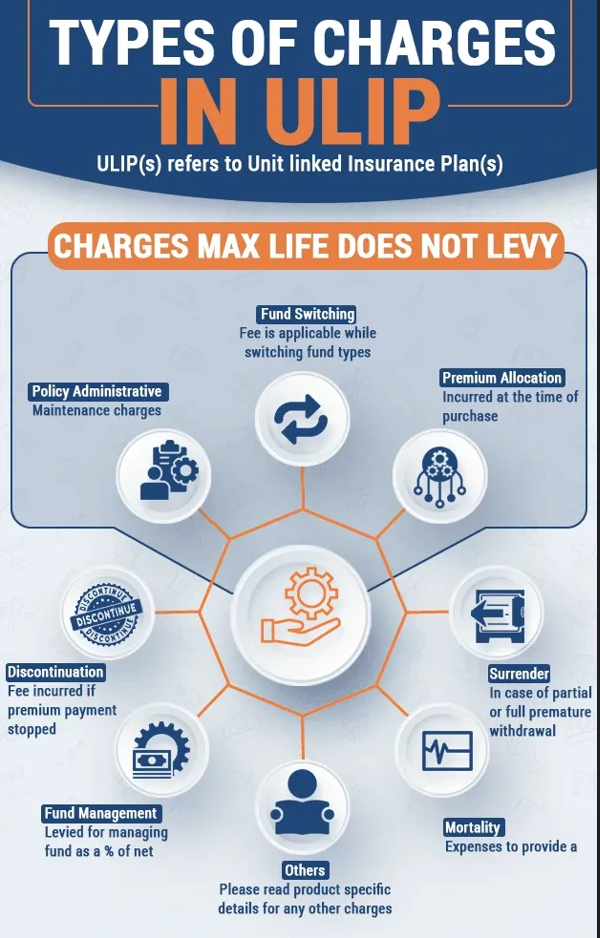MF Investment:
Dividends & NAVs are widely misunderstood by
investors...!
by Mr. Dhirendra Kumar, Value
Research
Some time back, I received a
fascinating letter from a mutual fund (MF) investor. This man is investing
regularly in a set of good funds and getting good returns.
Even then, he is most unhappy with
his investments as he has a set of misconceptions about how the basic
arithmetic of fund investing works.
It's an interesting case to discuss
as he seems to have combined all the common misconceptions about MFs, adding
them up to mental model which has substantial errors. This mental model can
easily lead to poor investing decisions.
The reason why I'm writing about it
here is that all these misconceptions are extremely common, and this case is
not at all uncommon.
Here is the gist of the e-mail this
investor sent me: I invest heavily in equity mutual funds, and always in the
dividend option in order to receive tax-free dividends as income.
So, far, I have a number of
investments in the regular (through a distributor) plans. Now, in order to get
better returns, I'd like to invest in direct plans.
The problem with this is that
direct plans of a fund have a higher NAV and so I get fewer number of units.
Moreover, direct plans give a much
lower dividend per unit compared to the equivalent regular plans.
Why do direct plans give lower
dividends, specially because this problem is made worse by their higher NAVs?
Let's look at the misconceptions
here one by one:
Misconception: Fund dividends are
actual returns, in addition to capital growth A lot of investors think this is
true.
The problem lies with the word `dividend' Compared to corporate
dividends, this word has a completely different meaning in funds. In funds,
dividends are not an additional income but just a withdrawal from your capital.
If the value of your investment in a fund is Rs. 1 lakh, and the fund gives
you Rs. 5,000 dividend, then post
dividend, the value of your investments will be Rs. 95,000.
There are no exceptions to this and
there is no additional benefit at all. A mutual fund dividend just means taking
some of the money that was already yours and giving it to you.
Unless you need the income, there
is no sense in picking the dividend option in an equity fund. In fact, even if
you need the income, it is better to pick nondividend (growth) option to
withdraw according to your own needs and schedule.
As long as the investment is more
than a year old, it is tax-free anyway.
Misconception: Higher
or lower NAVs are relevant..!
This misconception is actively
propagated by fund salesmen in order to push new funds, which start at a lower
NAV. Actually, all that matters is the investment management of a fund. A fund
with Rs. 10 NAV and one with Rs. 100 NAV will give the same returns if their
portfolios are the same.
You may have a higher number of
units in one, and fewer in the other, but that's irrelevant. If a fund gains
20%, your Rs.10,000 of investment in it
will grow to Rs 12,000.
This could be 1,000 units at an NAV
of Rs. 12, or 10 units at an NAV of Rs. 1,200; there's no difference.
The only use of the NAV of a fund
is ` to compare to its own past, which is how you figure out the returns of a
fund.
Comparing the NAV of one fund to
another -which is a common enough activity among investors and fund salesmen -is
worse than useless. It's a source of bad investing decisions.
It's unfortunate that both these
beliefs are widespread, and yet the so-called investor education efforts from
the fund industry never tackle them.
Clearly, that's because both are
used by fund salesmen to pitch funds that may have no other selling point.
About the author
Mr. Dhirendra Kumar is CEO at Value Research Online












































